Home>diy>Architecture & Design>What Is Floor Plan Financing


Architecture & Design
What Is Floor Plan Financing
Modified: January 24, 2024
Discover the importance of floor plan financing in the world of architecture and design. Learn how this financing option can help in funding your dream projects.
(Many of the links in this article redirect to a specific reviewed product. Your purchase of these products through affiliate links helps to generate commission for Storables.com, at no extra cost. Learn more)
Introduction
Floor plan financing plays a vital role in the architecture and design industry, allowing businesses to fund their inventory of products and materials. Whether it’s a furniture retailer, a flooring supplier, or a home décor store, floor plan financing provides a flexible and convenient solution for managing cash flow and ensuring a steady supply of goods. In this article, we will explore the concept of floor plan financing, how it works, the benefits and drawbacks, and the types of businesses that can benefit from it.
Floor plan financing, also known as inventory financing, is a type of short-term loan specifically designed to help businesses purchase inventory. Unlike traditional loans that require collateral, floor plan financing is secured by the inventory itself. This means that the purchased inventory serves as collateral for the loan, reducing the risk for the lender.
Key Takeaways:
- Floor plan financing is a specialized form of funding for architecture and design businesses, providing flexibility, improved cash flow, and opportunities for growth and expansion.
- While offering benefits such as improved cash flow and inventory management, floor plan financing also comes with potential drawbacks, strict eligibility criteria, and the need for careful lender research.
Read more: What Is A Floor Plan
Definition of Floor Plan Financing
Floor plan financing is a specialized form of financing that provides businesses in the architecture and design industry with the necessary funds to purchase inventory. It is commonly used by businesses that sell products such as furniture, flooring, lighting fixtures, and home décor items. The financing is secured by the inventory itself, which serves as collateral for the loan.
Unlike traditional loans that require collateral in the form of property or assets, floor plan financing is based on the value of the inventory being financed. This makes it an attractive option for businesses that have a high turnover of inventory and need a continuous source of funds to keep their shelves stocked.
With floor plan financing, the lender provides a line of credit that allows the business to purchase inventory from suppliers. The business then sells the inventory to customers, generating revenue to repay the loan. As the inventory is sold, the business can use the proceeds to pay off the principal and interest on the loan. This revolving line of credit allows businesses to have a constant supply of inventory without tying up their capital.
Floor plan financing is typically offered by specialized lenders who understand the unique needs of the architecture and design industry. These lenders often work closely with suppliers to provide financing options that align with the purchasing cycles of businesses in the industry.
Overall, floor plan financing provides businesses with the flexibility and cash flow needed to keep their inventory stocked and meet customer demand. It is a valuable tool for businesses in the architecture and design industry to manage their inventory and ensure their success in a highly competitive market.
How Floor Plan Financing Works
Floor plan financing operates on a revolving line of credit model. Here is a step-by-step breakdown of how it works:
- Application: The business applies for floor plan financing with a specialized lender. The lender will assess the business’s creditworthiness, inventory turnover, and financial stability.
- Approval: If approved, the lender will establish a line of credit for the business. The line of credit will specify the maximum amount the business can borrow for inventory purposes.
- Purchasing Inventory: With the line of credit in place, the business can now purchase inventory from suppliers. The lender may have specific guidelines on which suppliers can be used and what types of inventory are eligible for financing.
- Repayment: As the business sells the inventory, it generates revenue. A portion of this revenue is used to repay the loan, including the principal amount and any interest or fees charged by the lender.
- Revolving Line of Credit: As the loan is repaid, the business can borrow again against the line of credit. This allows the business to continually replenish its inventory and meet customer demand.
One important aspect of floor plan financing is the floor plan audit. Periodically, the lender may conduct an audit of the business’s inventory to ensure that the financed inventory matches the actual inventory on hand. This is done to mitigate the risk of fraud and to ensure that the loan is being used for its intended purpose.
Overall, floor plan financing provides businesses with the flexibility to purchase inventory without tying up their capital. It allows businesses to keep their shelves stocked and meet customer demand, ultimately driving sales and profitability.
Benefits of Floor Plan Financing
Floor plan financing offers several benefits to businesses in the architecture and design industry. Here are some of the key advantages:
- Improved Cash Flow: Floor plan financing provides businesses with a consistent source of funds to purchase inventory. Rather than tying up their capital in inventory, businesses can use floor plan financing to free up cash flow for other operational expenses or strategic investments.
- Inventory Management: With floor plan financing, businesses can efficiently manage their inventory levels. They can easily replenish stock as needed, ensuring that they have a wide variety of products available to meet customer demands. This allows businesses to stay competitive in the market and provide a wide selection of products to their customers.
- Flexible Repayment Options: Floor plan financing offers flexible repayment options tailored to the business’s cash flow cycle. The business can use the revenue generated from selling inventory to repay the loan, reducing the financial strain on the business.
- Quick Access to Funds: Unlike traditional loans that require lengthy approval processes, floor plan financing can be obtained relatively quickly. This allows businesses to seize opportunities, such as purchasing inventory at discounted prices or taking advantage of seasonal trends.
- Relationships with Suppliers: Floor plan financing can strengthen relationships between the business and its suppliers. By having a reliable source of funds, businesses can negotiate better terms with suppliers, such as extended payment terms or discounts. This can lead to cost savings and improved supplier relationships.
- Growth and Expansion: With floor plan financing, businesses can expand their operations and reach new markets. They can invest in new product lines, open additional locations, or even launch an e-commerce platform. This allows businesses to capitalize on growth opportunities and increase their market share.
Overall, floor plan financing provides businesses in the architecture and design industry with the necessary financial tools to grow, expand, and succeed in a highly competitive market. It offers improved cash flow, inventory management, and flexibility, while also fostering strong supplier relationships and opening doors to growth opportunities.
Drawbacks of Floor Plan Financing
While floor plan financing offers numerous benefits, it is essential to consider the potential drawbacks before exploring this financing option. Here are some of the key drawbacks to keep in mind:
- Interest Rates and Fees: Floor plan financing often involves higher interest rates and fees compared to traditional loans. This is because the lender takes on a higher level of risk by using the inventory as collateral. Therefore, businesses need to carefully analyze the costs associated with floor plan financing and assess their ability to generate enough revenue to cover these expenses.
- Strict Supplier Requirements: Lenders may have specific guidelines on approved suppliers and eligible inventory for financing. This can limit businesses’ choices in terms of sourcing products for their inventory. They may need to rely on a limited number of suppliers, potentially affecting their ability to offer a diverse range of products to customers.
- Inventory Value Fluctuations: The value of inventory can fluctuate over time due to factors such as market demand, trends, and seasonality. If the inventory value decreases significantly, it can impact the overall collateral value and potentially lead to challenges in accessing additional financing.
- Inventory Management: While floor plan financing provides businesses with the means to manage inventory, it also requires careful inventory management and tracking. Businesses need to ensure accurate documentation and reporting to satisfy lender requirements, including audits and inventory verification processes.
- Risk of Inventory Aging: In a fast-paced market, inventory items can quickly become outdated or less desirable. If businesses are unable to sell their inventory within a reasonable timeframe, they may face challenges in repaying the loan. This can result in increased carrying costs and potential losses.
- Dependency on Sales: Floor plan financing relies on the ability of businesses to generate sales and generate revenue from their inventory. If sales decline or there is a downturn in the market, businesses may face difficulties in repaying the loan, potentially leading to financial strain and other operational challenges.
It is crucial for businesses to carefully evaluate their specific circumstances, financial capabilities, and risk tolerance before opting for floor plan financing. By considering the potential drawbacks, businesses can make informed decisions and mitigate potential challenges that may arise in the future.
When obtaining floor plan financing, be sure to carefully review the interest rates, repayment terms, and any additional fees associated with the loan. It’s important to fully understand the financial implications before committing to this type of financing.
Read more: What Is An In-Law Floor Plan
Eligibility for Floor Plan Financing
To qualify for floor plan financing, businesses in the architecture and design industry need to meet certain eligibility criteria. While the specific requirements may vary among lenders, here are some common factors that lenders consider when assessing eligibility:
- Industry Experience: Lenders typically prefer businesses with a proven track record in the architecture and design industry. They may require a minimum number of years in operation or evidence of successful business performance.
- Business Stability: Lenders look for businesses with stable financials and a positive cash flow. They assess factors such as revenue growth, profitability, and the ability to meet ongoing financial obligations.
- Creditworthiness: Lenders will evaluate the business owner’s personal and business credit history. A good credit score enhances the chances of approval and may result in more favorable loan terms.
- Inventory Turnover: Lenders assess the business’s inventory turnover rate, which demonstrates the ability to efficiently sell the inventory and generate revenue. A higher turnover rate indicates a lower risk for the lender.
- Collateral Value: The inventory being financed serves as collateral for the loan. Lenders will evaluate the value and marketability of the inventory to ensure it provides adequate security for the loan.
- Financial Statements: Lenders typically require businesses to provide financial statements, including income statements, balance sheets, and cash flow statements. These documents help lenders assess the business’s financial health and ability to repay the loan.
- Legal Obligations: Lenders may require businesses to be registered and in compliance with all legal obligations, such as having the necessary licenses and permits to operate legally in their jurisdiction.
In addition to these eligibility factors, businesses should also consider their specific needs and goals when choosing a floor plan financing provider. It is essential to conduct thorough research and compare different lenders to find the one that offers the most suitable terms, interest rates, and flexibility to support the business’s growth and success.
It is worth noting that startups or businesses with a limited operating history may face more challenges in qualifying for floor plan financing. However, alternative financing options may be available, such as working with investors, crowdfunding, or exploring other types of business loans tailored for startups.
Ultimately, meeting the eligibility criteria and finding the right lender will pave the way for businesses in the architecture and design industry to leverage floor plan financing successfully and drive their businesses forward.
Types of Businesses That Use Floor Plan Financing
Floor plan financing is beneficial for various types of businesses in the architecture and design industry to manage their inventory and cash flow effectively. Here are some examples of businesses that commonly utilize floor plan financing:
- Furniture Retailers: Furniture retailers often rely on floor plan financing to stock their showrooms with a wide array of furniture pieces, ranging from sofas and beds to dining tables and office furniture. This financing option allows them to continuously update their inventory and offer customers a diverse selection of furniture options.
- Flooring Suppliers: Suppliers of flooring materials, such as tiles, hardwood, vinyl, and carpets, greatly benefit from floor plan financing. It enables them to maintain a comprehensive inventory of different flooring types and styles, ensuring they can meet the demand of both residential and commercial customers.
- Home Décor Stores: Home décor stores that offer a variety of products, including lighting fixtures, wall art, decorative accessories, and rugs, use floor plan financing to keep their shelves stocked with the latest trends in interior design. This allows them to constantly refresh their offerings and attract customers looking to enhance their living spaces.
- Appliance Retailers: Retailers selling appliances, such as refrigerators, washing machines, dishwashers, and electronics, often utilize floor plan financing. This financing option enables them to keep a wide range of appliances in stock, providing customers with the latest models from various brands.
- Building Materials Suppliers: Suppliers of building materials, including lumber, cement, plumbing fixtures, and roofing materials, benefit from floor plan financing to stay competitive in the construction and remodeling industry. It allows them to keep an extensive inventory and ensure they can fulfill the needs of contractors, builders, and homeowners.
- Outdoor Living Retailers: Businesses specializing in outdoor furniture, patio sets, grills, and outdoor living accessories utilize floor plan financing to maintain a diverse selection of products for customers interested in creating functional and stylish outdoor spaces.
These are just a few examples of the types of businesses that can benefit from floor plan financing. Ultimately, any business in the architecture and design industry that relies on inventory to generate revenue and meet customer demands can consider floor plan financing as a valuable tool to support their operations and growth.
It is important for businesses to carefully assess their specific needs and objectives and choose a floor plan financing provider that understands their industry and offers tailored solutions to meet their unique requirements.
Examples of Floor Plan Financing Providers
There are several floor plan financing providers that specialize in serving businesses in the architecture and design industry. Here are a few examples:
- Synchrony Financial: Synchrony Financial is a well-known provider of floor plan financing for various industries, including furniture, flooring, and home improvement. They offer flexible financing options and work closely with businesses to customize solutions that cater to their specific needs.
- Wells Fargo Retail Services: Wells Fargo Retail Services provides floor plan financing for various businesses, including furniture, appliance, electronics, and home improvement retailers. They offer a range of financing programs to support inventory purchases and provide businesses with flexible repayment options.
- TD Bank: TD Bank offers floor plan financing specifically tailored for businesses in the retail industry. They provide lines of credit that allow businesses to purchase inventory and offer competitive rates and terms to support their cash flow needs.
- Ally Financial: Ally Financial offers floor plan financing solutions for auto dealerships, including financing for inventory purchases of new and used vehicles. They provide flexible funding options and personalized support to help dealerships manage their inventory efficiently.
- CIT Group Inc.: CIT Group Inc. is a leading provider of commercial lending and leasing services, including floor plan financing. They offer customized financing solutions to businesses in various industries, including furniture, marine, automotive, and RV dealerships.
These are just a few examples of floor plan financing providers in the market. It is important for businesses to thoroughly research different lenders, compare their offerings, and consider factors such as interest rates, loan terms, repayment options, and customer support before choosing the most suitable provider for their specific needs.
In addition to these specialized lenders, businesses can also explore options with local banks and credit unions that may offer floor plan financing, particularly for businesses in their community or region.
Ultimately, finding the right floor plan financing provider is crucial for businesses in the architecture and design industry to effectively manage their inventory, maintain cash flow, and thrive in a competitive marketplace.
Conclusion
Floor plan financing is a valuable tool for businesses in the architecture and design industry, providing them with the means to manage their inventory and cash flow effectively. This specialized form of financing allows businesses to purchase inventory and use it as collateral for the loan, freeing up their capital for other operational expenses and investments.
By leveraging floor plan financing, businesses can enjoy numerous benefits. Improved cash flow, flexible repayment options, and the ability to continuously update their inventory are just a few advantages that floor plan financing offers. It also strengthens relationships with suppliers, allows for quick access to funds, and supports growth and expansion opportunities.
However, businesses should also be aware of the potential drawbacks. Higher interest rates and fees, strict supplier requirements, and the risk of aging inventory are factors that need to be carefully considered. Additionally, eligibility criteria must be met, and thorough research should be conducted to find the right floor plan financing provider.
Overall, floor plan financing plays a crucial role in the success of businesses in the architecture and design industry. It provides the necessary financial support to ensure a steady supply of inventory, meet customer demands, and drive sales and profitability.
As businesses navigate the competitive landscape, floor plan financing can empower them to stay ahead of the curve, offer a diverse range of products, and capitalize on growth opportunities. To harness the full potential of floor plan financing, businesses should assess their specific needs, evaluate their eligibility, and choose a reputable and reliable provider that aligns with their goals.
With strategic utilization of floor plan financing, businesses can thrive, expand their operations, and establish themselves as leaders in the architecture and design industry.
Frequently Asked Questions about What Is Floor Plan Financing
Was this page helpful?
At Storables.com, we guarantee accurate and reliable information. Our content, validated by Expert Board Contributors, is crafted following stringent Editorial Policies. We're committed to providing you with well-researched, expert-backed insights for all your informational needs.
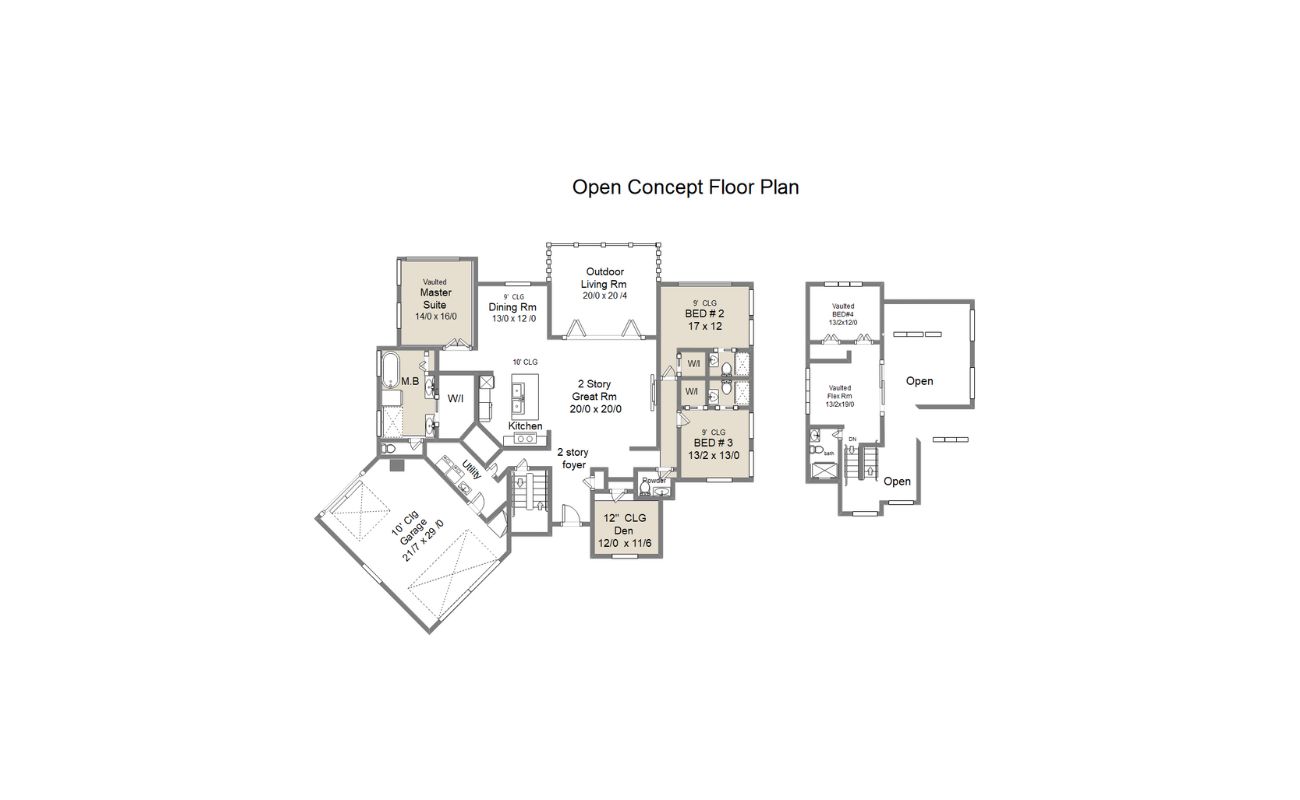


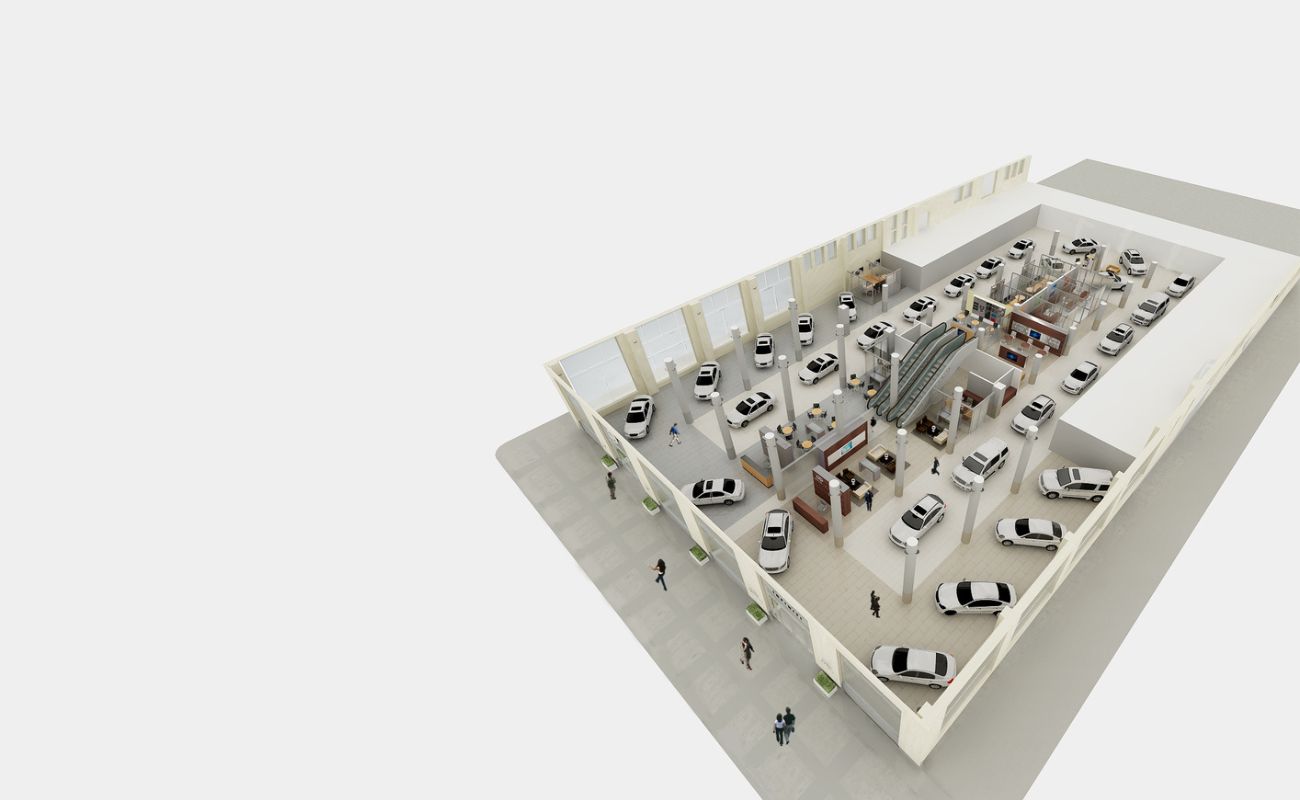
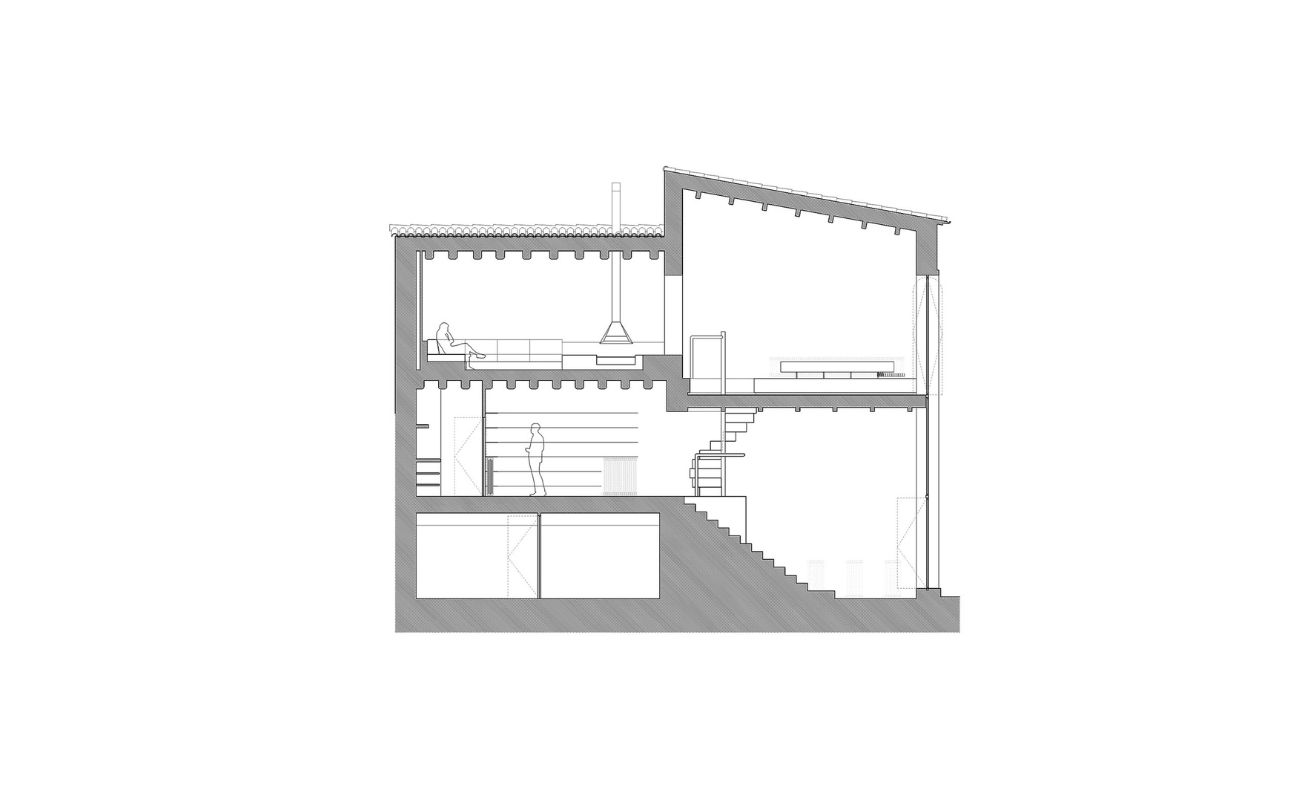
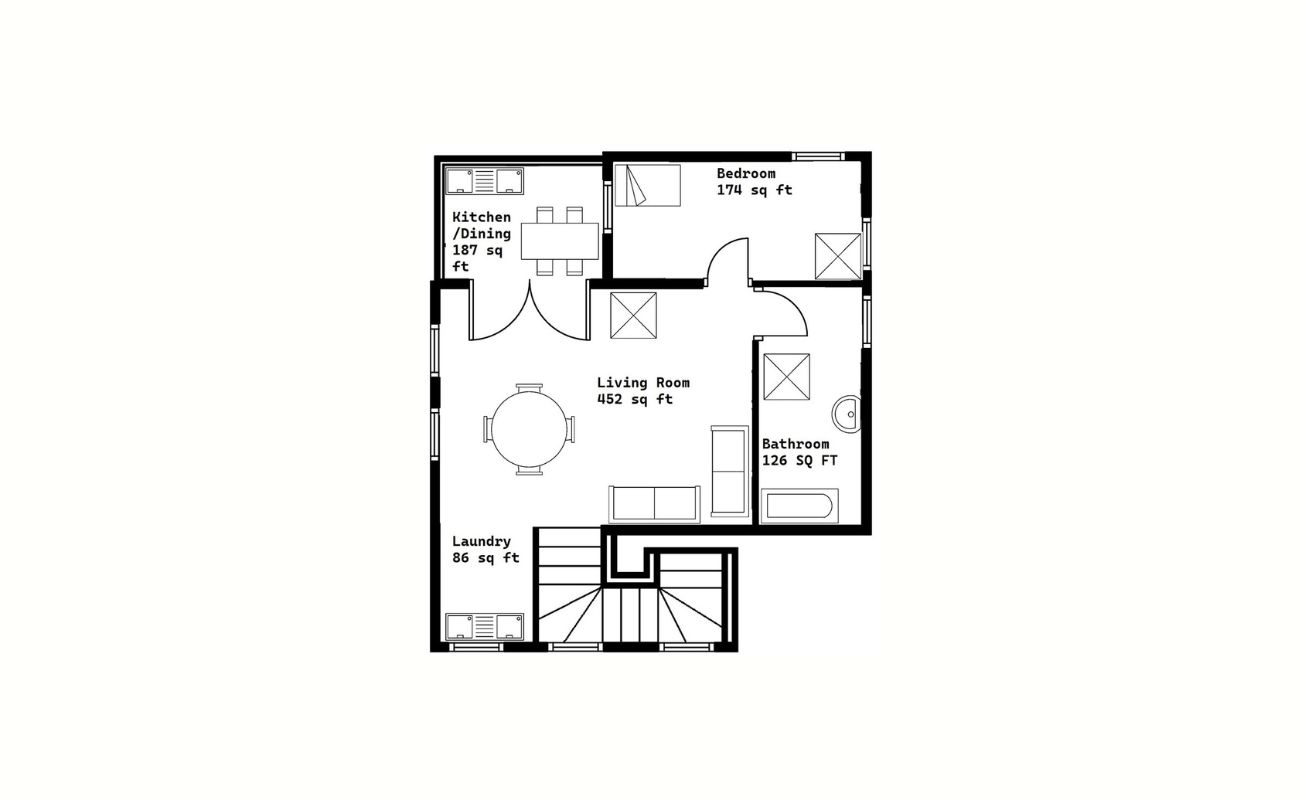
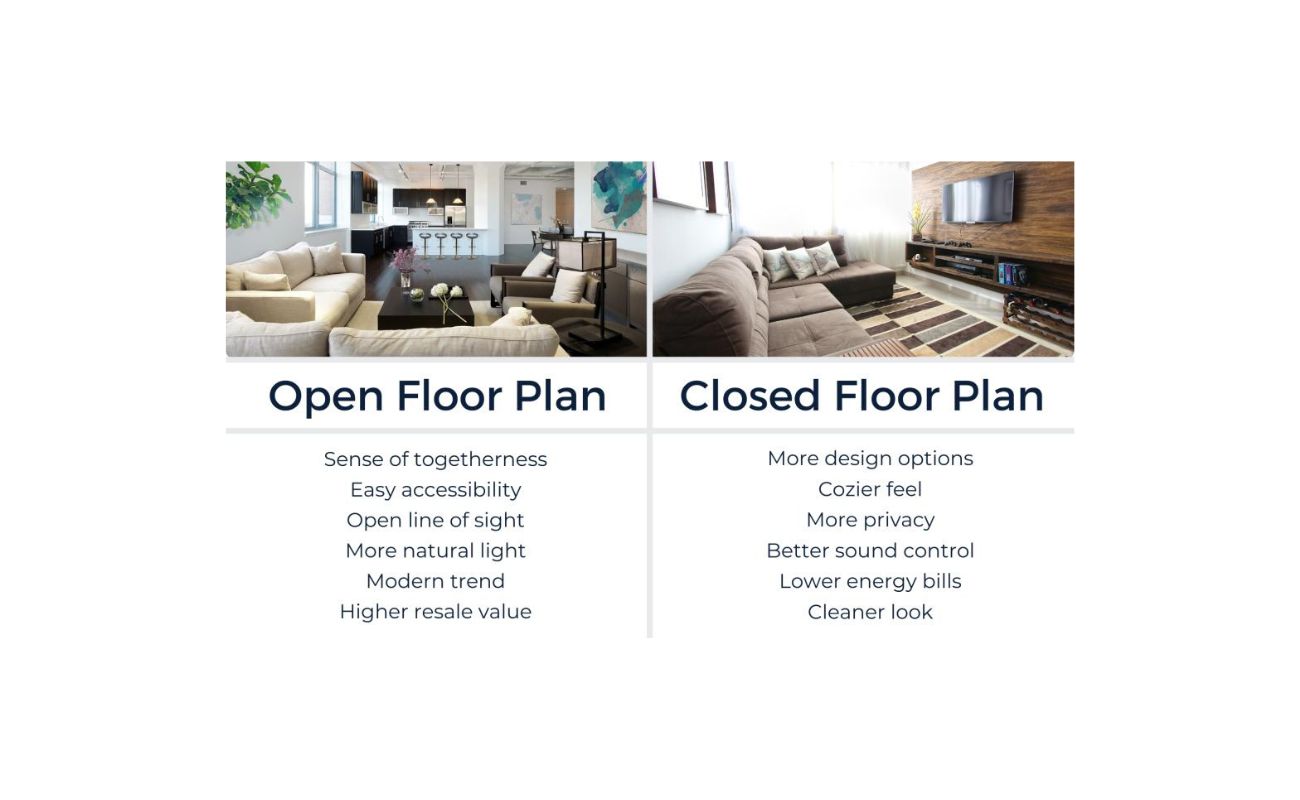
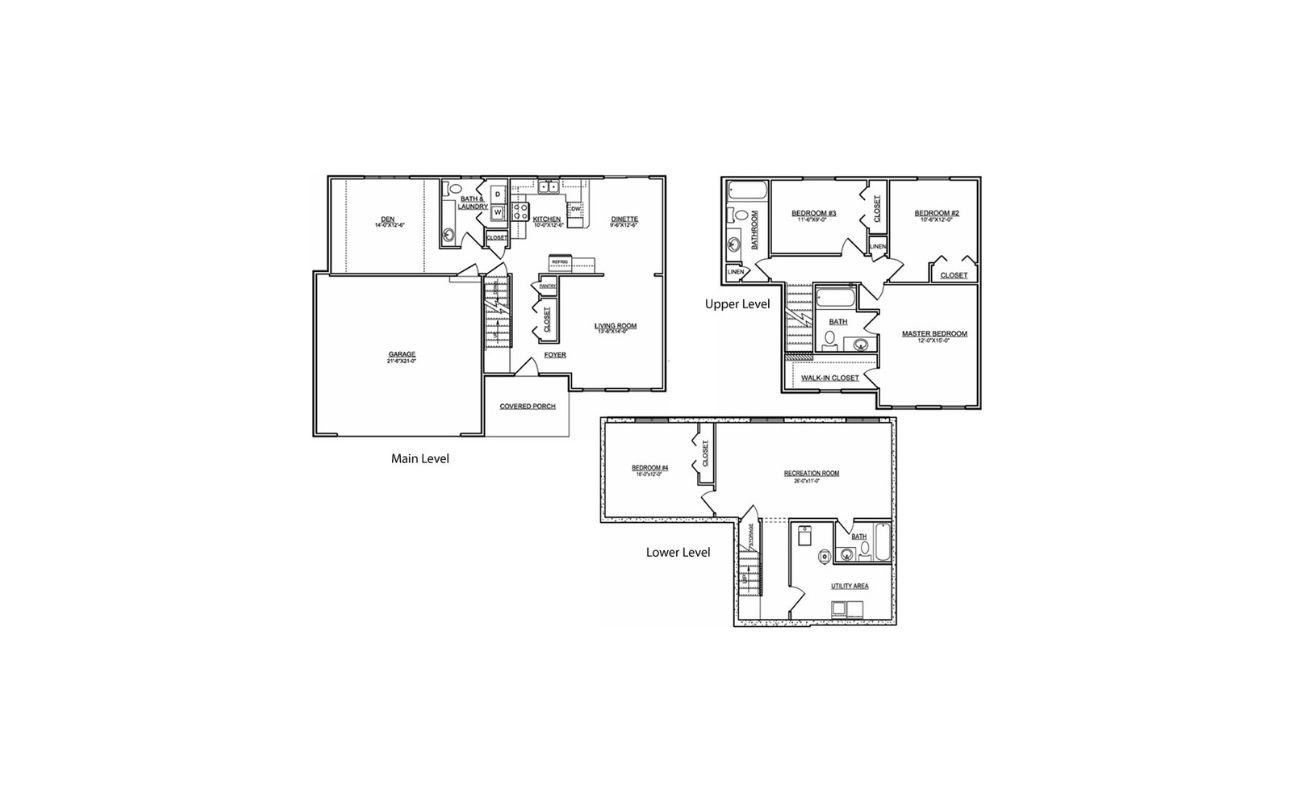
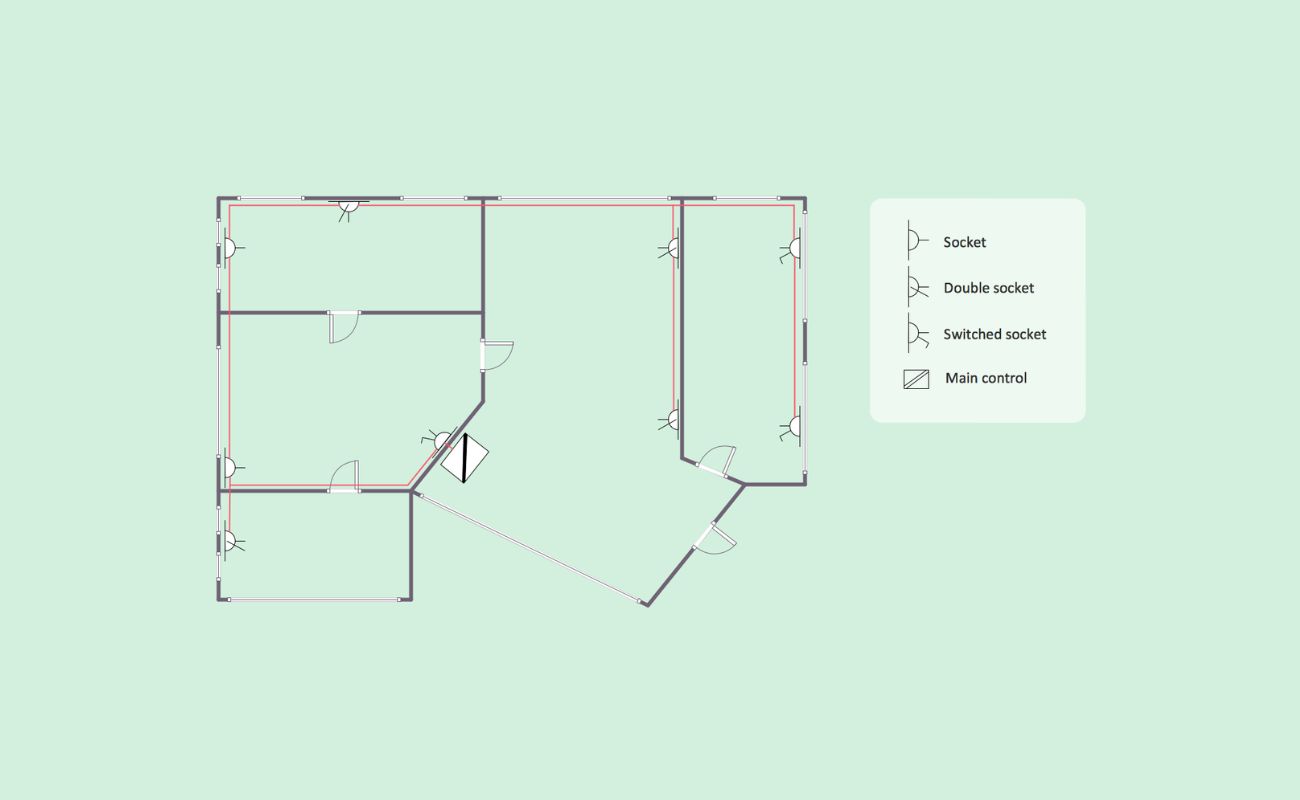
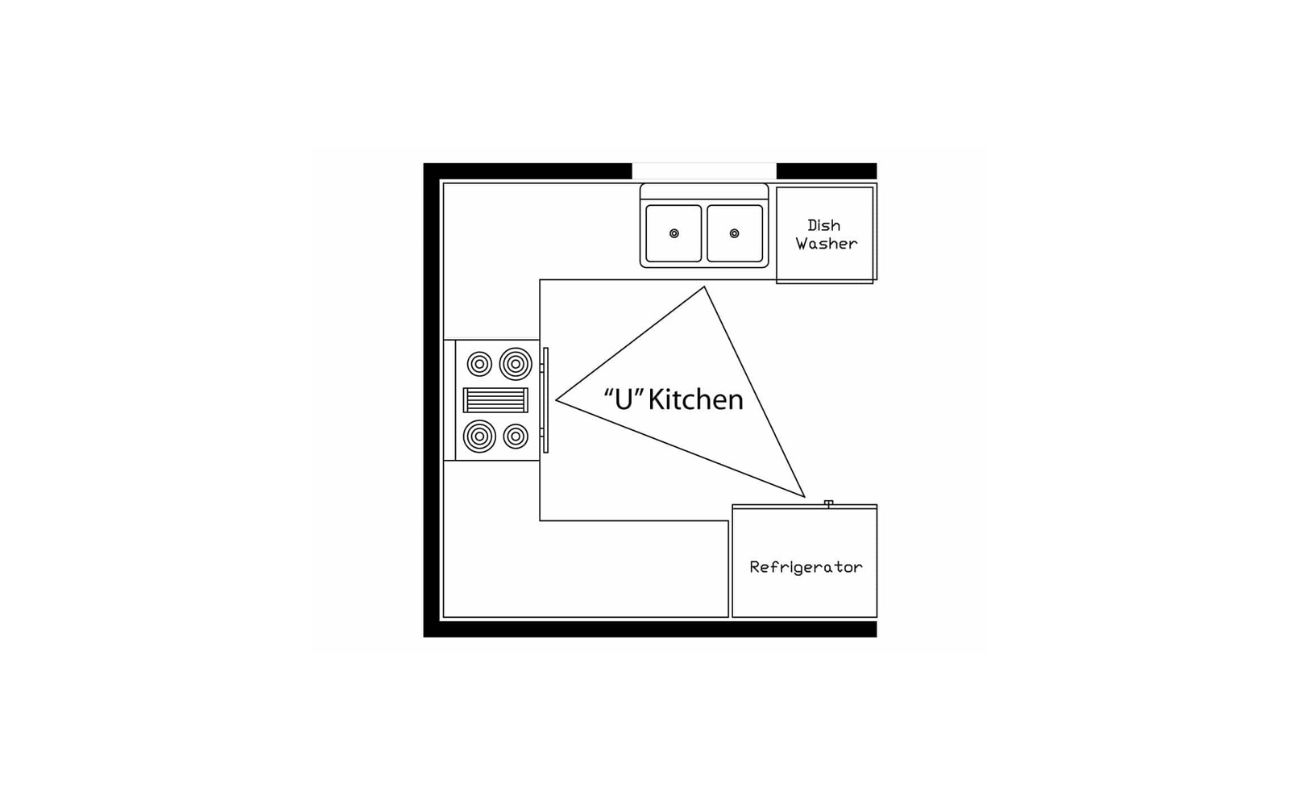
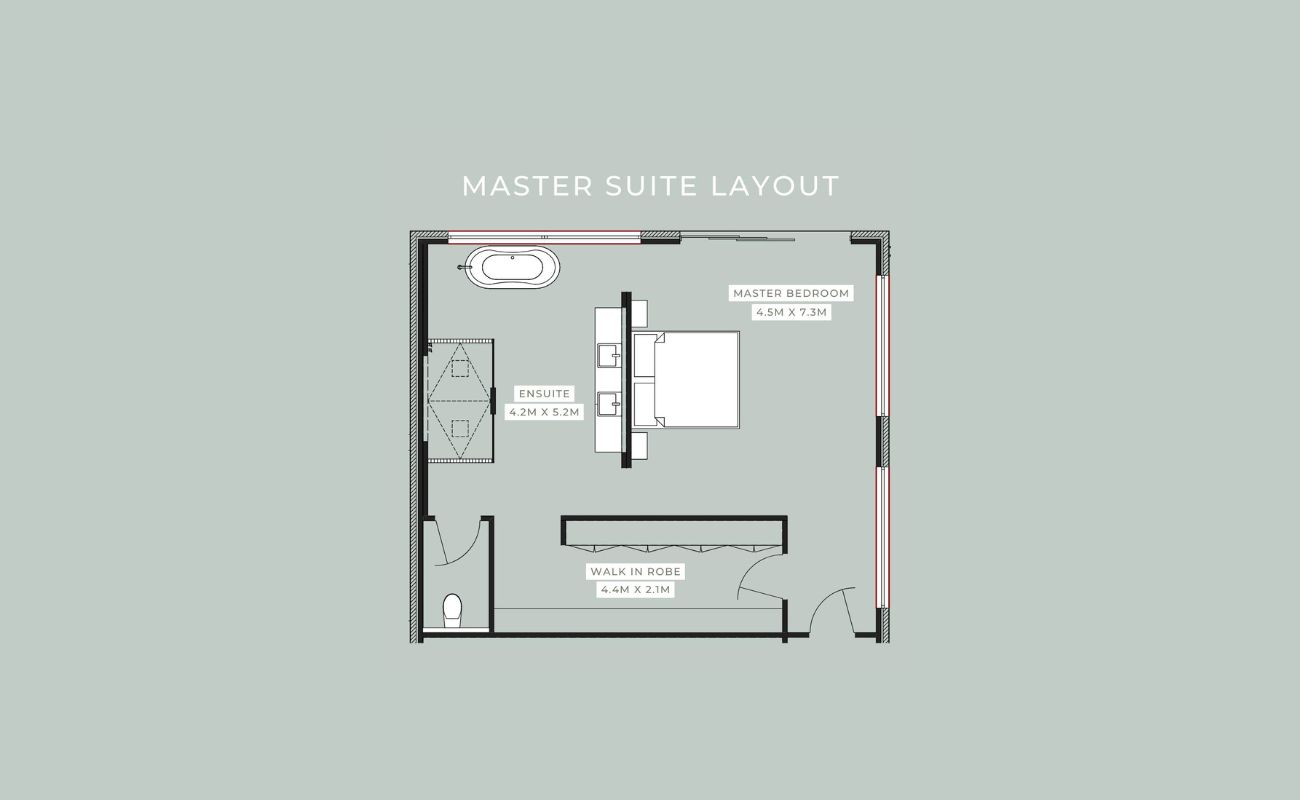




0 thoughts on “What Is Floor Plan Financing”